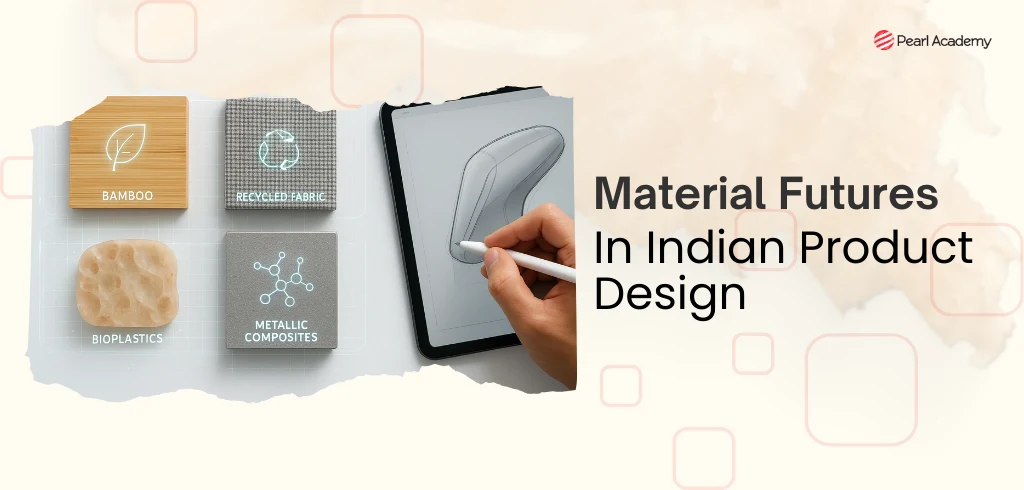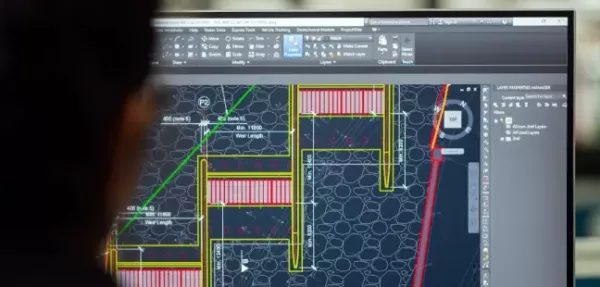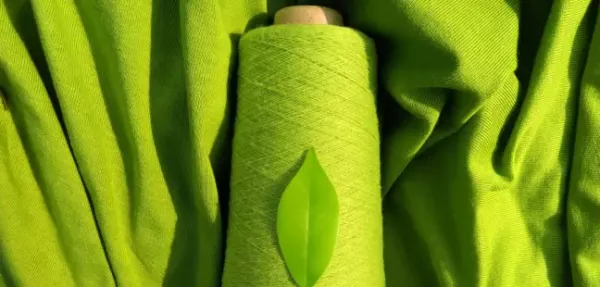Material Futures in Indian Product Design: Bioplastics, Bamboo, and Beyond
- Arun Kumar Bhardwaj
- Published 19-Sep-2025

Changing environmental laws and regulations, a drive for achieving the SDGs, and market demand for sustainable products & processes, are causing a transition in the Indian Product Design industry. With stringent laws and policies disrupting the markets, Indian Designers and Engineers are testing alternate materials and processes to reduce the carbon footprint of the Products and processes. These changes are causing a paradigm shift in how the products are designed and manufactured, thereby changing the direction of Product Design and Development in India
Become future-ready with our Product Design Programs
Know MoreBioplastics in India: Standards, Stewardship, and Use-Cases
An accelerated interest in bioplastics in India has been witnessed post-2022 ban on identified single-use plastic products. Tightening tests for biodegradable claims and restricting deceptive usage (such marine biodegradation claims) are also priorities in recent research and public guidelines.
With clear guidelines and standards laid down in, IS/ISO 17088:2021, the products should disintegrate during composting, undergo complete anaerobic biodegradation and have no adverse effect on the organisms. This places a demand on the designers and manufacturers to verify the conformance of the materials given to them by suppliers when they wish to source certified materials. These measures curb greenwashing and ensure that the materials and processes uses are truly sustainable all through the supply chain of the product.
For product teams, this entails choosing standard-conformant materials like resins and films, properly labelling and identifying materials, assuring material traceability, designing for dis-assembly, design for re-use and finally safe disposal at the end of material life-cycle.
Bamboo Design: From Craft to Code-Compliant Structures
In recent years, bamboo has emerged as a much sought after sustainable material for Indian product design market. Its cultural familiarity, coupled with high strength-to-weight ratio and construction similar to pipes, make it a great material for a variety of applications: both structural and non-structural. Importantly, India now has official guidelines: IS 9096:2006 (Preservation of Bamboo for Structural Purposes) and IS 15912:2018 (Structural Design Using Bamboo) offer the engineering and treatment procedures required for longevity and structural stability. Reorganized under MIDH, the National Bamboo Mission promotes value-adding, processing, and species selection—all important touchpoints for supply chain growth.
Bamboo with its straight fibres are strong competitors to various varieties of woods. Bamboo’s functionality can be extended to making laminates, boards, and veneers in furniture and interiors. However, moisture and pests are detrimental to the health of bamboos and designers must protect them against moisture and pests. This safety measure will enhance its shell life. The trick lies in choosing the right bamboo species and following proper treatment and joinery methods.
Emerging Alternatives
- Mycelium and Agro-Residue Composites – In addition to bioplastics and bamboo, future materials will include mycelium-based composites and agro-residue fibers (bagasse, areca, and rice husk). Mycelium composites, which are produced from fungal networks on agricultural substrates, offer formability, low processing energy, and compostability at the end of their useful lives.
Showing immense promise, Mycelium-based products can be used to build materials, soundproof panels, and even packaging. However, with being made stronger and more water-resistant, one can expand their durability and functionality. They play a significant role in reducing the need to use new plastics and help promote circular economy. To take a step towards sustainability, designers must choose binders carefully and set up recycling or composting methods. - Bioplastics – Derived from plant-based sources such as corn starch, sugarcane, or algae. Common types include PLA (Polylactic Acid) and PHA (Polyhydroxyalkanoates). They are used in packaging, consumer products, and 3D printing.
- Bio-leathers – Plant- and microorganism-based alternatives to animal leather. Examples include Piñatex (pineapple leaf fiber), mushroom leather, and apple or cactus leather, widely used in fashion, accessories, and upholstery.
- Starch-, Cellulose-, and Algae-based Materials – Flexible and compostable films or foams suitable for packaging, single-use products, and sustainable replacements for petroleum plastics.
- Chitosan and Other Protein-based Materials – Derived from crustacean shells or silk proteins, offering biodegradable, antimicrobial surfaces for packaging and medical products.
Implications for Indian Product Designers
- Design with end-of-life in mind: Products are not to be designed to end up in a Landfill. Instead, the material must get repurposed to other products or get used as raw materials for other processes.
- Consider alternatives to metals and plastics for structural members: Materials like Bamboo can offer strength and durability if suitable structures are designed.
- Experiment with bio-composites: Various Biomaterials are now available to replace conventional materials. Higher cost may be offset by the environmental benefits.
- Stay Future Ready: Environmental degradation is clearly visible with the rampant use of the conventional material that hard the environment and are not sustainable. Designers should anticipate the environmental impact of the design and material choices.
- Consider the entire value chain and not just the product design. An environmentally friendly product should also be created using proper processes and should not cause an adverse impact on the planet at the end of its useful life.:

Student Guidance Center: Our Counselors are Just a Click Away.
Conclusion
In India, a shift to sustainable products like bioplastics and bamboo is already happening. With Biomaterials, designers have many sustainable choices, but these have to be used judiciously in conjunction with sustainable processes. With the right strategy, judicious designs, stringent policies supporting infrastructure, and clear communication, the achievement of the UN SDGs can be aspired for. Responsibly Design today will shape a greener, more sustainable tomorrow.
References
Bureau of Indian Standards. IS/ISO 17088:2021—Plastics—Organic Recycling (Composting and Anaerobic Digestion). ISO, 2021.
Bureau of Indian Standards. IS 15912:2018—Structural Design Using Bamboo—Code of Practice. BIS, 2018.
Bureau of Indian Standards. IS 9096:2006—Preservation of Bamboo for Structural Purposes—Code of Practice. BIS, 2006.
Central Pollution Control Board. “Information on Compostable & Biodegradable Plastic.” CPCB, 25 Oct. 2024.
Government of India, Press Information Bureau. “Ban on Single Use Plastics.” PIB Press Release, 12 Dec. 2022.
NITI Aayog. Alternative Products & Technologies to Plastics and Their Applications. Government of India, 2023.
Trujillo, David, et al. “Bamboo Material Characterisation.” The Structural Engineer’s Material Science, Elsevier, 2016.
Yang, L., et al. “Material Function of Mycelium-Based Bio-Composite.” Frontiers in Materials, vol. 8, 2021, Article 737377.
United Nations Environment Programme. “Plastic Pollution.” UNEP, 2025.
Mahmud, R. U., et al. “Agro-Waste Areca Nut Husk and Bagasse Fiber Reinforced Epoxy-Based Hybrid Composite for Thermal Insulated False Ceiling Application.” Polymers for Advanced Technologies, 2025.
National Bamboo Mission. “Priority Species of Bamboos.” Ministry of Agriculture & Farmers Welfare, Government of India, 2025.
Arun Kumar Bhardwaj
An esteemed faculty at Pearl Academy, Arun Kumar Bhardwaj is a seasoned Mechanical Engineer with over 32 years of experience in New Product Development, Product and Process Engineering, Engineering Systems, and Lean Manufacturing across India, the USA, and beyond. An IIT Delhi M.Tech. graduate, he has led engineering roles at Mahle Filter Systems, Kohler India, and Quadsun Solar, where he developed patented Evaporation Systems. A practitioner of design, he is an invited speaker at IIT Delhi and SPA, and holds several patents.
Tags
- #Product Design
Pearl Admission Enquiry
Subscribe to Pearl Blogs
By clicking the "Subscribe" button, I agree and accept the privacy policy of Pearl Academy.



























